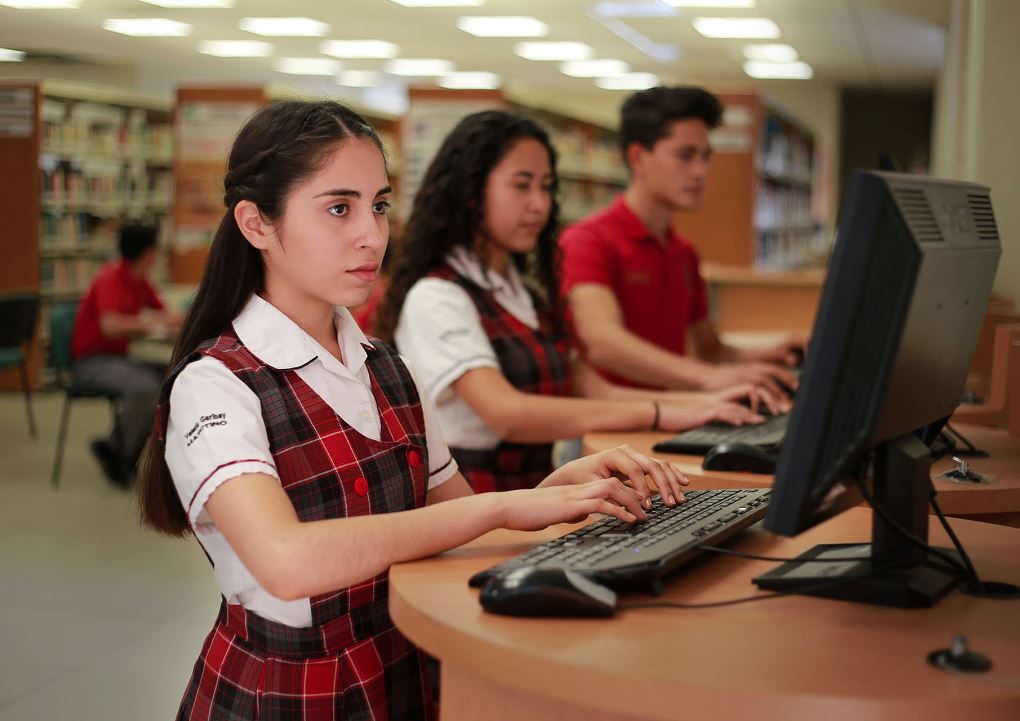
Physical activity might be one of the first things to drop off the radar as adolescent girls move from primary to secondary school, a new study says.
The South Australian study of the year 7 to Year 8-9 school transitions previously selected from several schools in metropolitan Adelaide found a steep decline in lunchtime, recess and after-school physical activity - at a time when other social activities can reduce involvement in regular exercise and organised sports.
Funded by the Channel 7 Children's Research Foundation, the Flinders University and the University of South Australia study highlights complexities for young girls as they transition from primary to secondary school.
When regular schooling resumes, Flinders University researcher Dr Kate Ridley says schools and families can play a part in supporting this vulnerable group by gaining a better understanding of how these socio-cultural, curricular and environmental influences impact regular physical activity through this education transition.
"Steep declines in physical activity have been reported among children as they transition to adolescence, and females are at particular risk," she says, reporting the findings of a South Australian study published in an international public health journal.
"These changes in activity levels are particularly concerning, both for long-term health and wellbeing, but for the effects of a more sedentary lifestyle that can lead to weight gain, sleep problems and poor mental health."
With many social and psychological adjustments occurring during this momentous time, South Australian researchers say changes in friendship groups and enjoyment levels - after the long holiday break and other adjustments between primary and secondary schools - can all contribute to a general decline in teenage girls' physical activities.
A number of policy and environmental strategies can help enable physical activity to continue in this group between the different school settings, the UniSA and Flinders researchers say.
"As well as parent and peer support, we identified two key improvements," says UniSA co-author Associate Professor James Dollman, from the Alliance for Research in Exercise, Nutrition and Activity (ARENA).
"Secondary schools should be aware of the physical activity opportunities provided for adolescents during break times.
"While school breaks are a time when students should maintain the choice to be active, structured opportunities and encouragement for physically active options should be available."
"Break-time activity preferences of girls should be considered as they often differ from boys.
"The social function of school break times is also worthy of specific consideration during the transition and early years of secondary schooling," Associate Professor Dollman says.
The article, 'Changes in Physical Activity Behaviour and Psychosocial Correlates Unique to the Transition from Primary to Secondary Schooling in Adolescent Females: A Longitudinal Cohort Study' by Kate Ridley and James Dollman, UniSA Alliance for Research in Exercise, Nutrition and Activity (ARENA), December 2019 has been published in the International Journal of Environmental Research and Public Health DOI: 10.3390/ijerph16244969 16(24), 4959.






